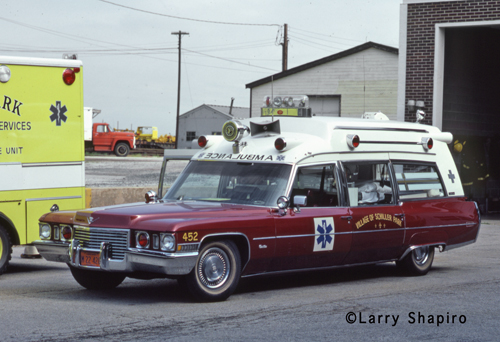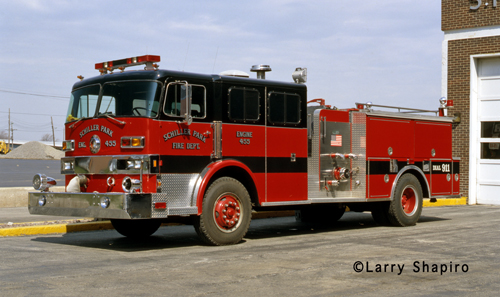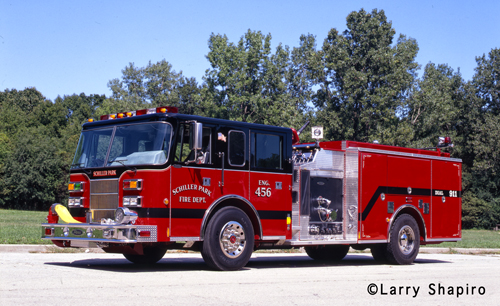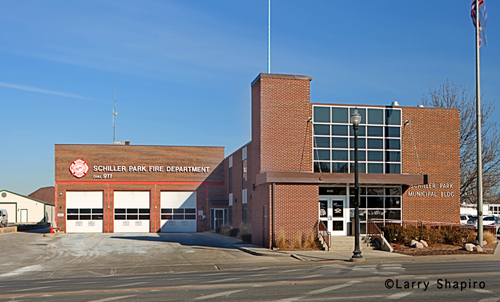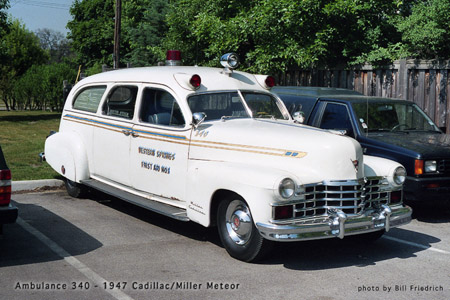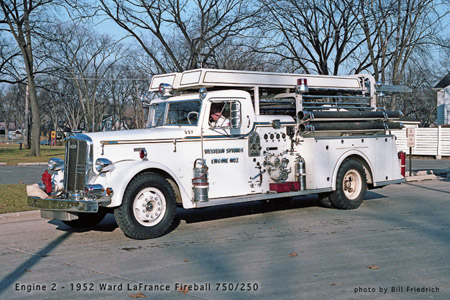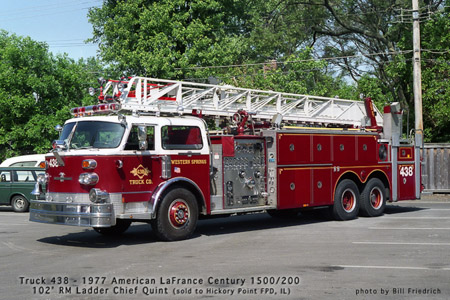This from Wayne Stuart for #TBT:
With all the new ambulances appearing on the site I thought I would dip into the archives and give a look into the past with this 1966 Cadillac manufactured by the Superior Professional Car Company. It was a Crowne Royale model and was operated by the Palos Heights Fire Department. The photo was taken in 1979.
wayne stuart photo
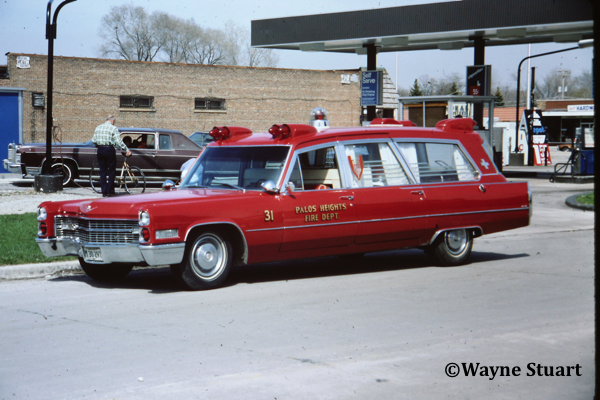
Wayne Stuart photo


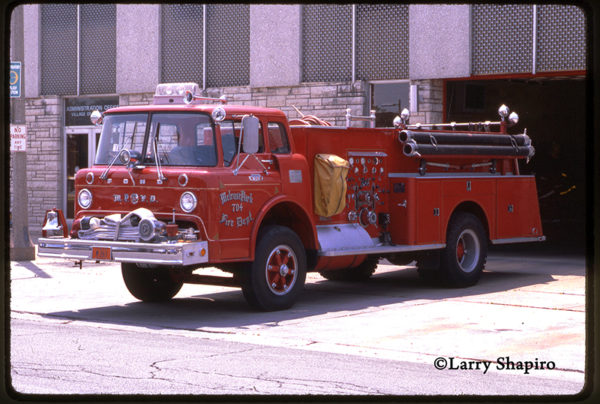

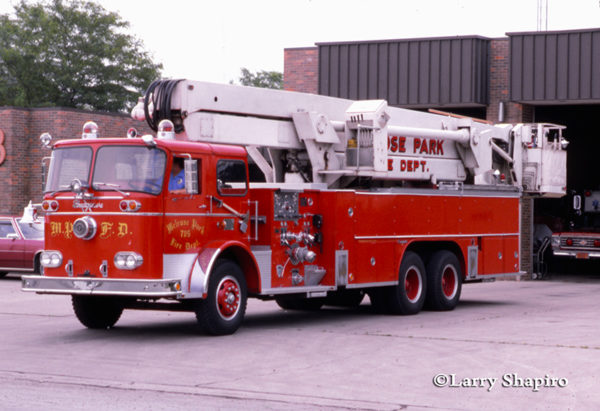

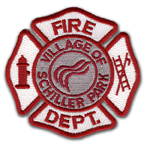 The
The